Are you considering installing high-end vinyl flooring? LVP and LVT will be the choices availed to you. Although used interchangeably, these two products have some differences you must keep in mind to flooring products that suit your budget, design preferences, and family needs.
This article will help you understand everything you need to know about LVP vs. LVT. I will explain the differences and similarities between the two products so you can make an informed decision when choosing the best luxury vinyl flooring.
Table of Contents
What is LVP?
LVP stands for luxury vinyl planks. LVP is easily the most popular luxury vinyl flooring product. Although the planks are made of a plastic core, they closely resemble hardwood planks. The imprinted design on LVP, the texture, and the appearance are so realistic it can be hard to tell apart luxury vinyl planks from real hardwood planks.
What is LVT?
LVT stands for luxury vinyl tiles and is the second most popular luxury vinyl flooring option. The tiles resemble the look, texture, and earthy tone of natural stone or ceramic tiles. With LVT, you can achieve a high-end tiled look at a fraction of the cost of buying and installing real tiles.
What Is the Difference Between LVP and LVT?
In your search for the perfect vinyl flooring material, you will come across the terms LVP and LVT. Both materials are categorized as luxury vinyl flooring and are newer, more durable, and of better quality than standard vinyl flooring.
LVT and LVP are essentially the same product. The one major difference between the two is their shape. As the name suggests, luxury vinyl tiles are sold as tiles and look like natural stone or ceramic tiles. The tiles come in different sizes to fit a wide range of floor patterns. You will find tiles ranging from 16’’x 16″ to 18″ x 36″, and many other sizes. LVP looks like wood planks. It can range from 4″ x 48″ to 9″, 72″ and many other sizes in between.
The other difference is LVT mostly mimics the look and feel of natural stone and ceramic tiles. Luxury vinyl planks, on the other hand, are modeled after hardwood floors.
Now that we know that LVP and LVT is virtually the same luxury vinyl product except for their shape let’s look at some characteristics of luxury vinyl flooring. These attributes will have a bearing on your purchase decision as you shop around for new flooring.
How is Luxury Vinyl Flooring Made?
Luxury vinyl is an innovative flooring material made using polyvinyl chloride as the main material, combined with resins, plasticizers, and traces of other inorganic additions.
Unlike standard vinyl flooring, which is thin and easily telegraphs any unevenness of the subfloor underneath, luxury vinyl is made of several layers, making it a thicker material.
Luxury vinyl planks or tiles consist of:
- A core layer. This rigid core is made of polyvinyl chloride and other composites. It is the bottom layer and acts as a foundation for the flooring product.
- On top of the core layer is an imprinted design layer. Manufacturers use high-end technology to imprint all sorts of designs and textures on the core layer.
- The topmost wear layer is a thin transparent, hardwearing film that protects the imprinted design. The wear layer keeps water away and protects the plank or tile against scratches.
Flexible Vs. Rigid Core
Another option you will come across when selecting luxury vinyl flooring is flexible vs. rigid core. Both LVP and LVT come as either flexible or rigid core. Although each has its advantages and disadvantages, rigid core LVP or LVT is by far superior.
Flexible luxury vinyl flooring has the same standard layers found in luxury vinyl. But these layers are thinner, making the planks or tiles bendable.
Rigid core LVP or LVT has thicker layers strengthened by stone powder, wood composite, and extra vinyl. As a result, rigid core planks or tiles provide more stability and comfort underfoot. Rigid core flooring is also more durable, can be installed in more places, and generally has a better warranty. Unsurprisingly, many brands sell only rigid core LVP and LVT.
Now, let us take a look at the similarities between LVP vs. LVT. As mentioned earlier, these two flooring products are more similar than they are different.
LVP vs LVT: Installation
Whether you opt for LVP or LVT, both are quite easy to install on your own or with professional help. The three installation methods are:
- Click together
- Loose lay
- Glue down
- Click together
Click-together luxury vinyl is a popular choice for DIYers as it is a mess-free, quick method of putting together gorgeous floating floors. Click-together planks or tiles come with a protruded lip on one edge and a groove on the other. This allows you to interlock the flooring by inserting the lip of one plank into the groove of the adjacent plank. There is no need for nails or adhesives when installing click-together luxury vinyl.
- Loose lay
The loose lay method entails laying the LVT or LVP on the subfloor without any adhesive. Instead, rubber backings, pre-attached to the tile or plank, keep the product in place. This method works best with flexible luxury vinyl where the tiles or planks are arranged tightly and are left to settle into the room.
- Glue down
As the name suggests, glue down involves applying some adhesive to the floor before laying down individual planks or tiles. The adhesive typically comes together with vinyl flooring at the point of purchase, but you can buy extra adhesive online or from your local home improvement store. This method can be tiring and time-consuming, but it is the most secure as the tiles or planks are less likely to shift, buckle, or separate.
LVP vs LVT: Cost of Installation
Installation costs are an important consideration when shopping for new flooring. One question that often comes up is: how much is luxury vinyl installation?
Both types of luxury vinyl flooring, i.e., LVP and LVT, are generally inexpensive to install compared to real hardwood or ceramic tiles. The installation cost will vary by region, but generally, you can expect to part with between $1.50 and $6 per square foot. In contrast, the cost of installing solid wood, ceramic tiles, or engineered hardwood floors can easily double this amount.
LVP Vs LVT: Design Options
Luxury vinyl flooring has come a long way, and today you can find any design, color, tone, and texture imaginable. With technological advances, manufacturers can now print super realistic designs that look like exact replicas of real ceramic tiles, real hardwood, and stone floors.
Luxury vinyl is also thicker and prevents telegraphing of the subfloor, making it even harder to tell the difference between vinyl flooring and natural flooring products. So, whether you opt for LVP or LVT, you will have plenty of design options; neither tiles nor planks will limit your flooring design choices.
LVP vs. LVT: Durability
Unlike hardwood, both luxury vinyl plank and tile are water-resistant and scratch-resistant. If yours is a busy family with kids and pets, you will find LVP and LVT a solid investment. Both can take prolonged use and abuse and still retain their performance and quality for years.
With the hardwearing top layer, today’s luxury vinyl tiles do not require waxing or polishing. If installed properly, LVT and LVP really is a set-and-forget floor. Of course, your floors will need the usual vacuuming and occasional damp mopping; in turn, you will get years of stress-free service.
Whether you opt for tiles or planks, you can install your luxury vinyl in any part of the house. Due to their water resistance, LVP and LVT are excellent floorings for moisture-prone areas such as the mudroom, kitchen, and bathroom.
LVP vs. LVT: Environment-Friendliness
Luxury vinyl has more benefits than downsides. One downside is that this flooring is not the most eco-friendly. Luxury vinyl tiles and planks are made from polyvinyl chloride, which has a significant carbon footprint and might affect the resale value. That said, LVP and LVT have a long lifespan and do not require regular replacement, offsetting any environmental effects.
Bottom Line: LVP vs LVT
The luxury vinyl flooring market is diverse and ever-evolving. LVP and LVT are currently the top choices among homeowners looking for stunning, low-maintenance floors that offer a great return on investment.
The first time you hear of LVP and LVT, the two might seem like different flooring solutions. But, as we have seen, there isn’t much of a difference between LVP vs. LVT. They are made of the same polyvinyl chloride material, have similar performance qualities, score equally on durability and life span, are low maintenance and are easy and affordable to install.
That said, LVP is the best choice if you are after a hardwood look for your floors. On the other hand, opt for LVT if you want your floors to mimic natural stone or ceramic tiles.
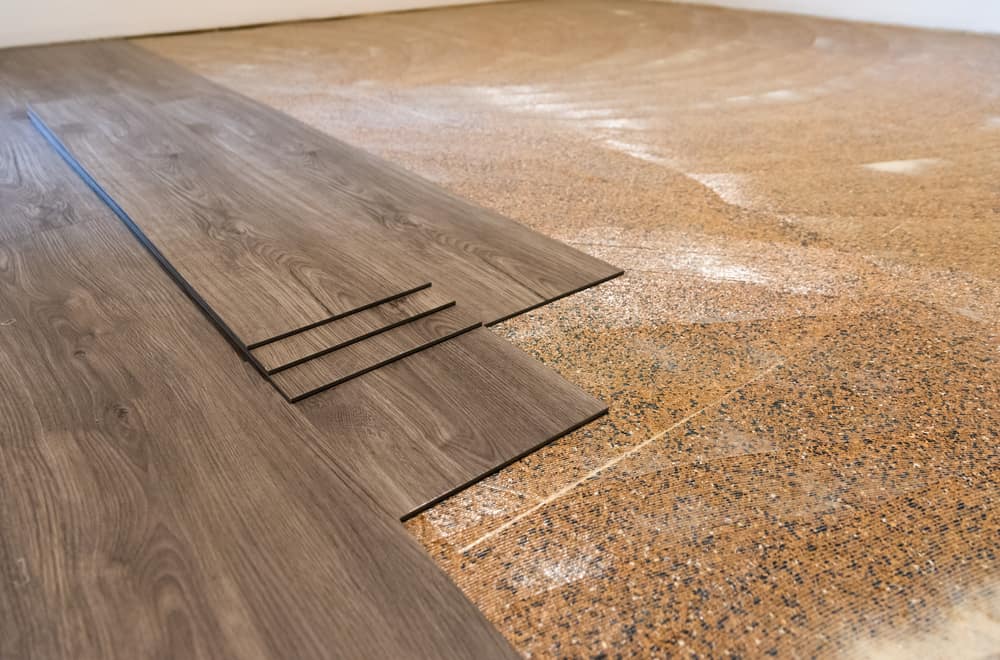
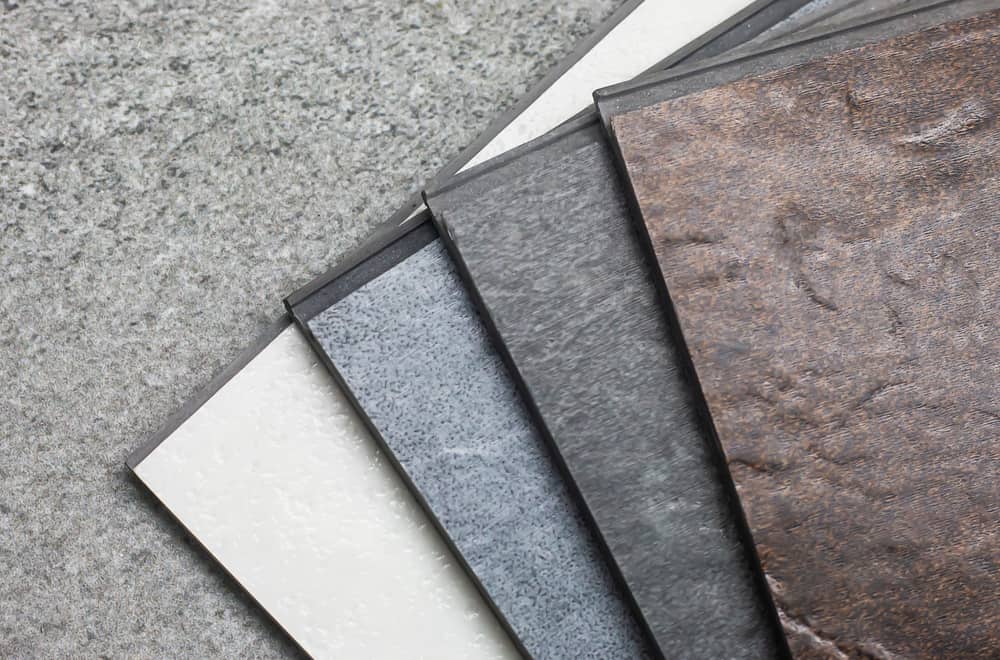
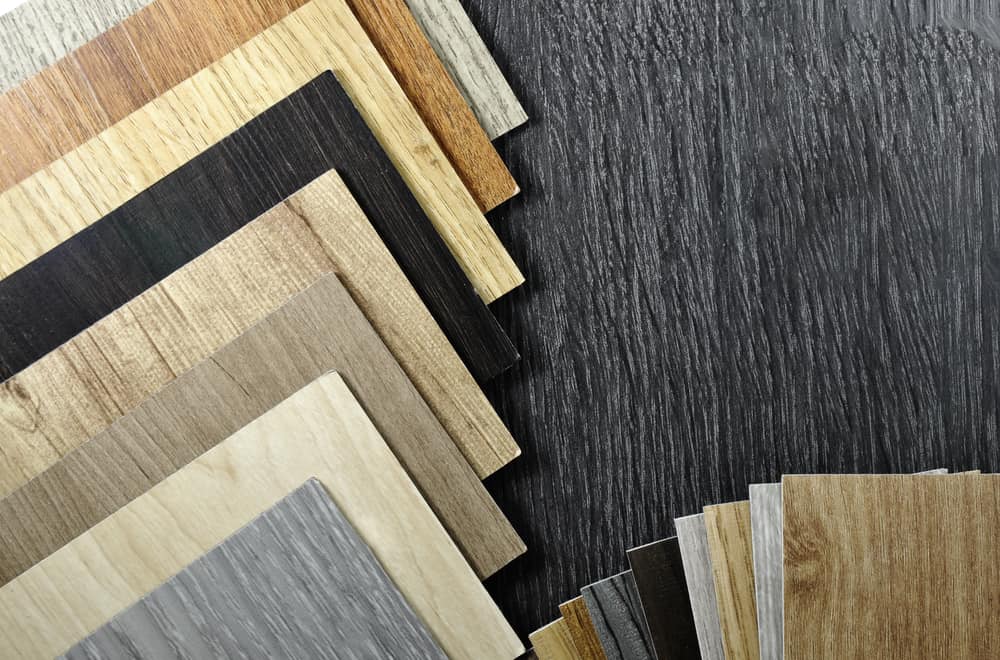
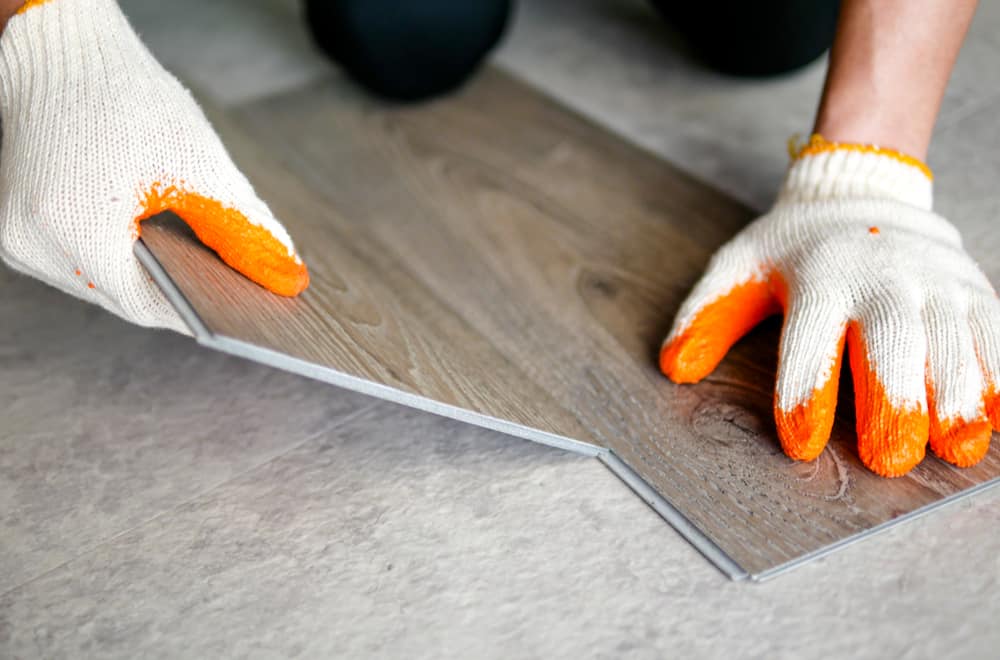
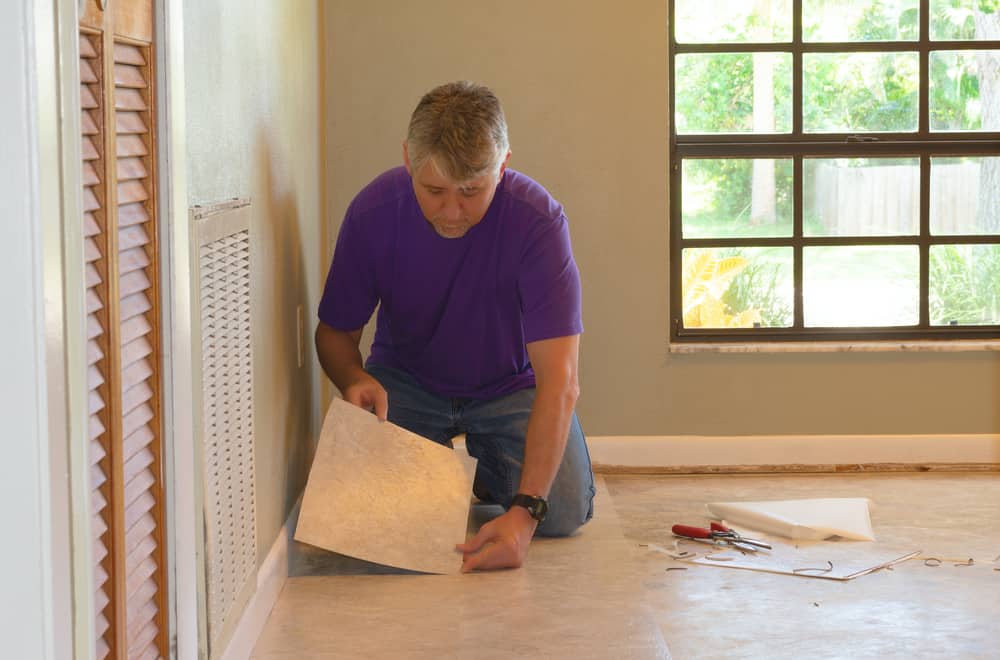
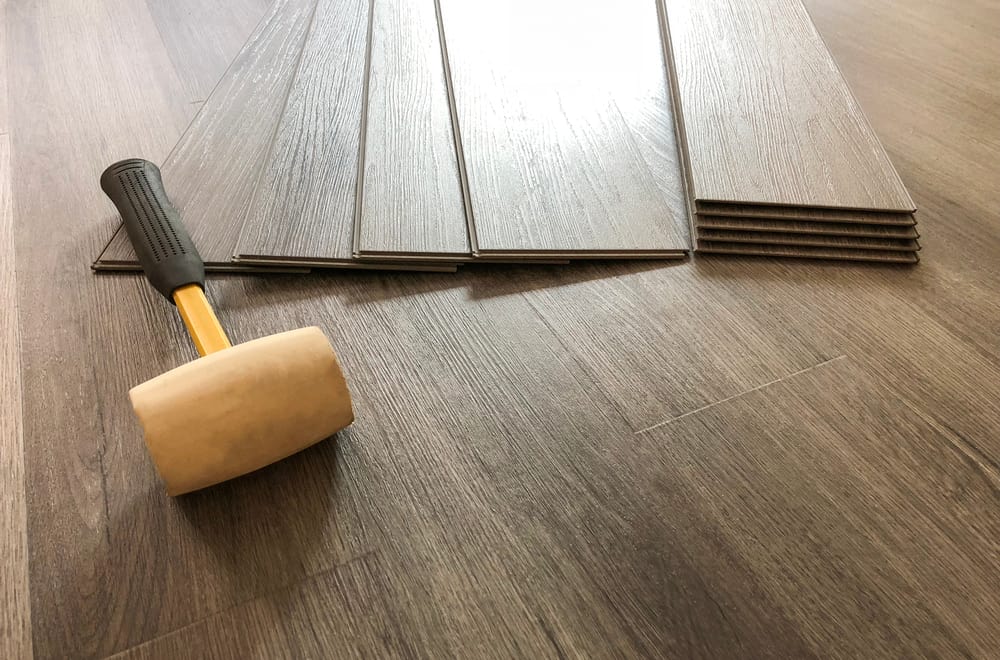
Which is better if installed on top of heating elements? I have a three-season room that I have converted to my living room but it is always colder than the rest of the house because it sits on top of a concrete slab. I currently have a thick carpet with thick padding beneath, but the cold does come through it. I thought having heated floors, much like folks put in their bathrooms, could be an option to help raise the overall room temperature. I have a fireplace, which does help some, and a wall register which doesn’t seem to work like it should, so I am planning to repurpose the electricity for that register into a thermostat control of the heated floor. I am finding it difficult, though, to find anyone who does heated floors, so that is another issue altogether.